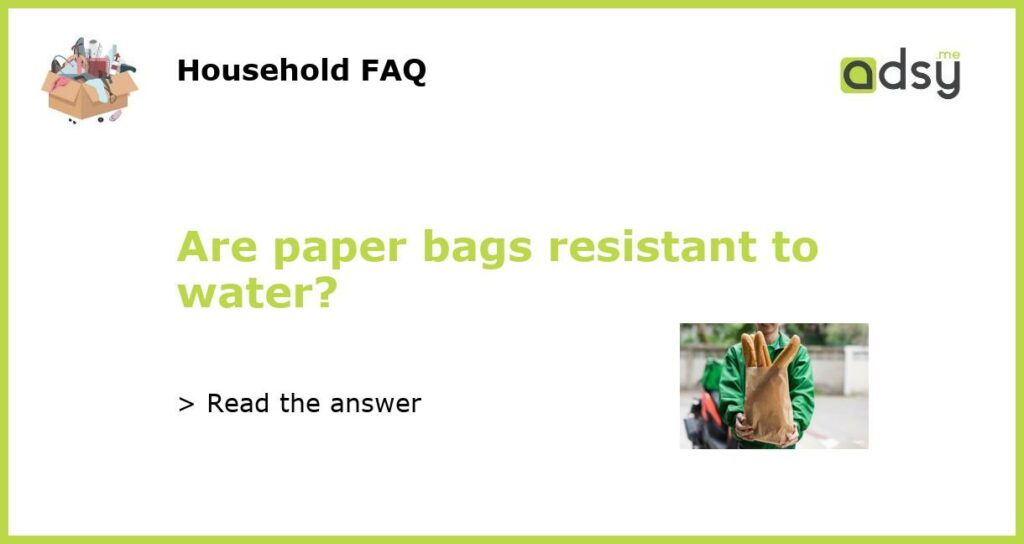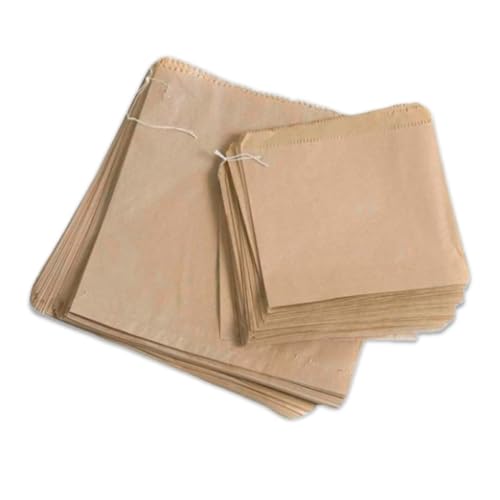The Material Composition of Paper Bags
Paper bags are commonly made from wood pulp, which is composed of cellulose fibers. These fibers are woven together during the paper-making process to create a sturdy and flexible material. However, the material composition of paper bags does not make them inherently resistant to water.
The Manufacturing Process
During the manufacturing process of paper bags, the cellulose fibers are treated with various chemicals to enhance their strength and durability. These chemicals may include starches, sizing agents, and wet strength additives. While these additives can improve the overall strength of the paper bag, they do not necessarily make it waterproof.
Water Resistance Treatments
To make paper bags resistant to water, manufacturers can apply water resistance treatments. These treatments involve coating the surface of the paper bag with a thin layer of wax, plastic, or polymer. This coating acts as a barrier, preventing water from penetrating the paper fibers. However, it is important to note that not all paper bags undergo this water resistance treatment during the manufacturing process.
Limitations of Water Resistance
Even with water resistance treatments, paper bags have their limitations when it comes to resisting water. While they may provide some level of protection against light splashes or brief exposure to moisture, they are not completely impervious to water. Prolonged exposure to water or heavy rain can cause the water to seep through the paper fibers and compromise the bag’s integrity.
Environmentally Friendly Alternative
Despite their limitations in water resistance, paper bags are still considered a more environmentally friendly alternative to plastic bags. They are biodegradable and can be recycled, reducing their impact on the environment. Additionally, advancements in technology are continuously improving the water resistance capabilities of paper bags, making them a more viable option for various applications.






